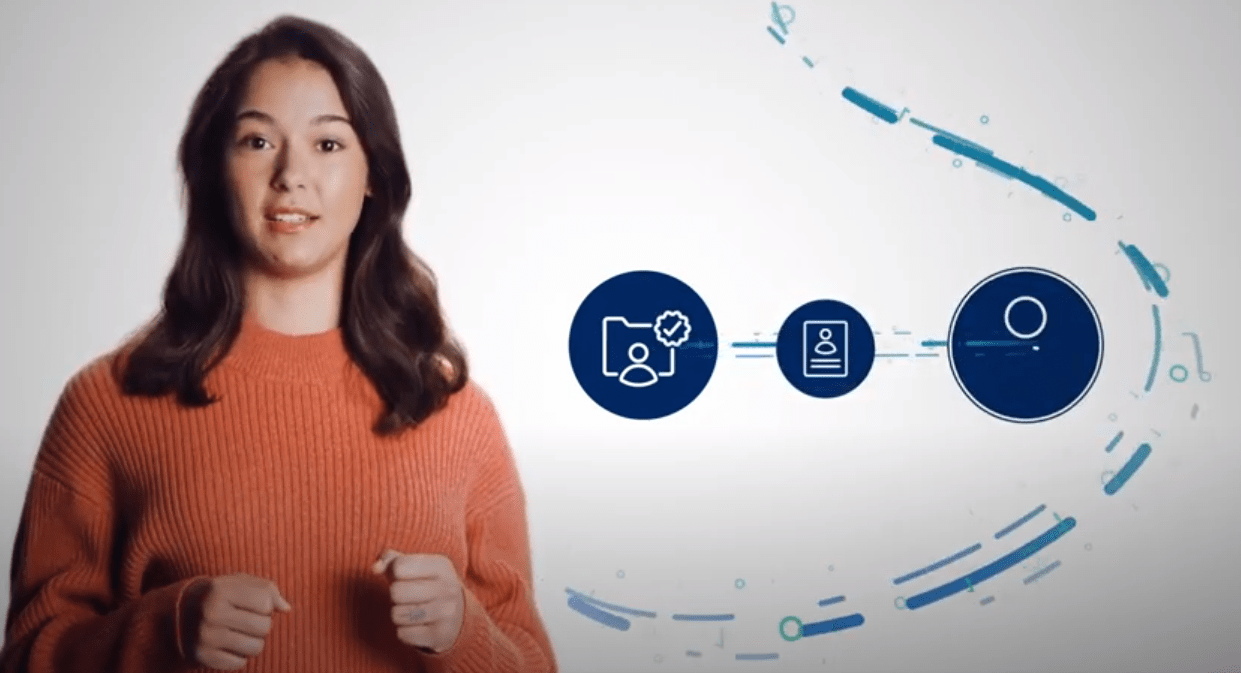Find out more: Digital ID and the Digital Identity Framework
What is Open Banking?
Open banking gives you the ability to share your banking data with third parties that have been accredited by the ACCC. This will allow you to get better-suited banking products and switch products or banks more easily.
Since 1 July 2020, Australia’s bank customers can give permission to accredited third parties to access their savings and credit card data. Since 1 November 2020, they can also give permission to accredited third parties to access mortgage, personal loan and joint bank account data. This will enable bank customers to search for a better deal on banking products or to keep track of their banking in one place.
As a bank customer, you will be able to ask that your data be sent to accredited businesses which may be other authorised banks, financial institutions and organisations. You have control over how your data is used, and to whom it is given. The data is protected by the Rules of the ACCC.
Data you could share with Open Banking
- Personal: information such as phone number, email and address.
- Account: balances
- Product info: rates, fees and features of bank products
- Transaction details: amounts spent
Future benefits of Open Banking
- Signing up more easily for new credit or debit cards
- Getting a loan more easily
- Using budgeting tools that let you track and plan your spending
- Switching from one bank to another bank more easily
Consumer Data Right (CDR)
Open Banking is the first sector of the Consumer Data Right (CDR).
The CDR is envisaged to become an economy-wide system which will enable the safe and secure transfer of consumer data. The Australian Competition and Consumer Commission (ACCC) is the lead regulator of the CDR.
The ACCC is working with the Office of the Australian Information Commissioner (OAIC) and the Data Standards Body (DSB) in its development and implementation.
E-transaction reform: find out more about the transition from ink to digital.

